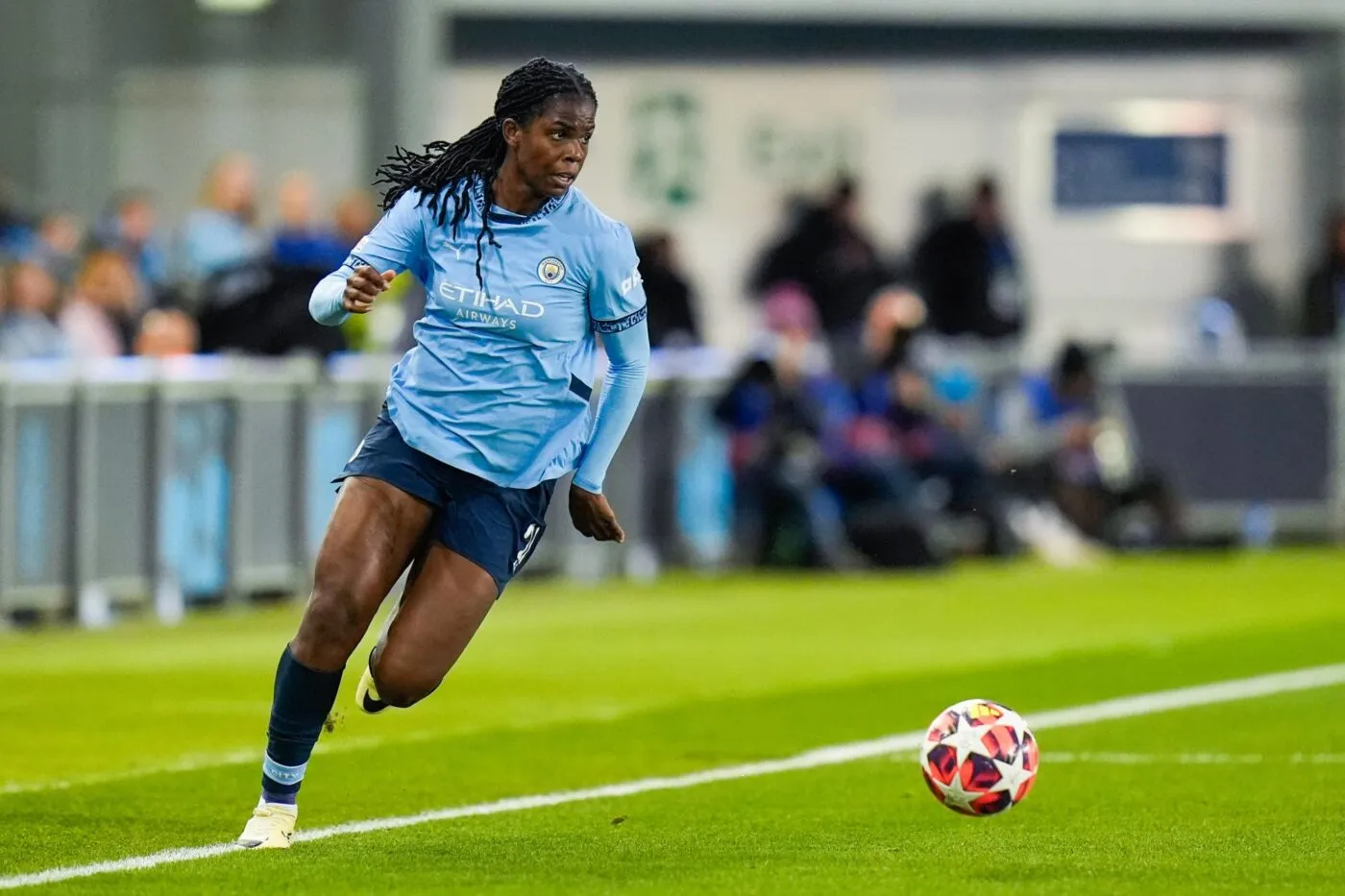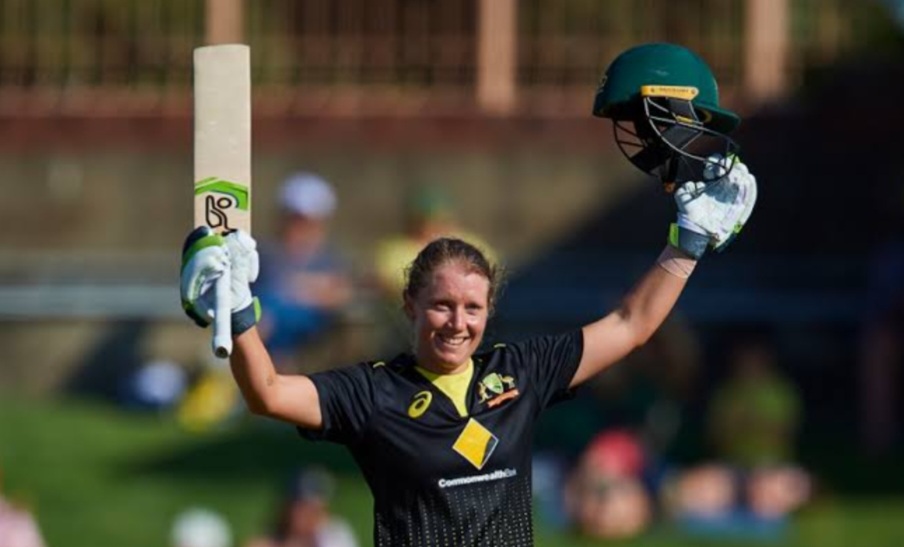According to old evidence, UEFA's interest in women's football appeared in November 1970. It was found in a report by General Secretary Hans Bangerter to UEFA's Executive Committee at that month's meeting in Paris. The report mainly focused on the interest of women's football in UEFA's member countries to form UEFA Women's EURO.
/sportzpoint/media/post_attachments/19fec8f3409d6001734e34196f589505d5f53db57c79525bd1d7a455ca85b2b7.jpg)
According to the minutes of the meeting: "It was decided to recommend the associations to keep a watchful eye on the further development of ladies' football in their country to avoid that wily business managers get a hold of it."
The motive got more attention when women's football was placed on the table for the Extraordinary UEFA Congress in Monte Carlo in June 1971.
According to Statista, the cumulative audience of UEFA women's EURO from 2009 to 2017 tripled, reaching a peak of 165 million in 2017. The gain of popularity over the years aroused the interest of bookmakers to offer sports odds on the competition. This fact applies not only to EURO matches but to the entire sphere of women's football, including FA Women's Super League, UEFA Women's Champions League and FIFA Women's World Cup.
Congress Resolution
Eventually, the UEFA Executive Committee considered it important to bring the sport under the category of the national associations before anyone else intervened. The Monte Carlo Congress adopted the following resolution:
"The Extraordinary Congress of UEFA requests the Executive Committee to examine the question of women's football in detail and to take the necessary measures to ensure its uniform organization in all member associations. The UEFA member associations agree to take charge of the control of women's football in their countries, and they require that international matches, competitions, and tournaments be exclusively controlled by the international football authorities, FIFA and UEFA, respectively."
A committee was formed to take care of women's football and was tasked with creating a set of guidelines on women's football structures and standardization, given the number of variations of different Countries and also the size of the ball, and the length of matches.
First women's committee
The Executive Committee responded to the guidelines and officially established a Women's Football Committee. Which included Sweden's Kerstin Rosén, the first female member of a UEFA committee.
The new committee met in Zürich in March 1973 during a women's football conference. Which involved the representatives of 11 UEFA member associations. A survey was carried out before the conference, to which 23 national associations had responded. And seven associations among the 23 ran national women's championships and another seven regional women's leagues. The survey also revealed some support for the introduction of an international competition managed by UEFA. However, some countries favoured the idea of a competition for national teams and others a competition for clubs.
Read Also: UEFA Women's EURO 2022: Finals Group Draw
Loss of momentum
The development of the women's football movement slowed down in a few countries during the promising years. The UEFA Women's Football Committee met only once in 1974. Noting that there were still many obstacles to overcome to create any European competition. This was the committee's last meeting before it was dissolved in 1978.
"It was not felt necessary to have any further direct influence on the development of women's football on a European level," explained Hans Bangerter in his annual report. "After a pause for reflection, however," he added significantly, "this aspect of the game will shortly be receiving the appropriate attention again."
This change of direction followed a survey conducted among the member associations. In which many of the responses had reported a fresh boost in women's football. Consequently, after the period of reflection described by Hans Bangerter, another UEFA women's football conference. That was organized in Zürich in February 1980.
Competition call – green light
The event was attended by panel members from 18 national associations. Participants thought that UEFA should put more attention to women's football and that the national associations should do everything possible to save it from falling into the hands of organizers who were putting their interests above those of the sport itself.
Read Also: FIFA World Rankings for November
Importantly, they also felt that the time had come to launch a European competition for national teams.
The UEFA Women's Football Committee was kept alive with two female members – Patricia Gregory (England) and Hannelore Ratzeburg (Germany) – sitting alongside chairman Louis Wouters (Belgium), who had recently been elected to the UEFA Executive Committee, Bronisław Kołodziej (Poland) and Carl Nielsen (Denmark).
Their first task was to examine the possibility of meeting at the Zurich conference.
Discussions at the committee's meeting in Lisbon in March 1981 focused on the potential for a national team competition – the introduction of competition for club teams was felt to be impossible for financial reasons. After lots of attempts, the committee decided to submit a series of conclusions to the Executive Committee for approval.
"It was agreed," the minutes stated, "that UEFA should start a competition for national representative women teams under the condition that at least 12 national associations will enter a team.
"It was emphasized that, according to the opinions expressed at the 2nd Conference on Women's Football, 16 national associations are interested in such a competition, of which 12 have already formed regular national sides. Thus, the minimum number of 12 entries should easily be achieved."
Meeting in Florence in April 1981 after the Women's Football Committee had communicated its support for the creation of competition. The Executive Committee gave the green light to the project on the condition that, as proposed. At least 12 of UEFA's 34 members associations were prepared to take part. The Women's Football Committee was asked to draw up draft regulations for the competition. Which were eventually established in the second half of the year.
Read Also: 16 Teams In UEFA Women's EURO 2022
Positive response
When entries were invited in December 1981 for the first UEFA Competition for Women's National Representative Teams. The final response was extremely positive: no less than 16 national associations entered.
The committee formed four groups of four teams each for the qualifying competition. Which would begin in the summer of 1982, with the groups based on what UEFA described as "economic criteria".
Group 1: Iceland, Finland, Norway, Sweden
2nd Group: England, Northern Ireland, Republic of Ireland, Scotland
Group 3: France, Italy, Portugal, Switzerland
4th Group: Belgium, Denmark, Netherlands, West Germany
The winner of the first title would then be decided in a knockout phase of two-legged matches. Featuring the four group winners. With the final taking place in May 1984.
"Everything moved fast," recalled Hannelore Ratzeburg in the April 2006 issue of UEFA's official magazine UEFA Direct. "The decision was taken in 1981, and the first matches were already played the next year. The fact that 16 associations entered in such a short space of time was brilliant.
"In Germany," she added, "the
DFB entered the competition first, and then I had to set about creating a national women's team afterward. We even had to postpone our first match against Belgium because we still didn't have a team."
The fact that less than half of UEFA's member associations at the time entered. Proved to be a barrier to the new competition receiving 'championship' status. This would eventually follow for the 1989–91 edition. The regulations also agreed that matches would be played over two halves of 35 minutes each, using size four footballs.
The first-ever match in the competition took place on 18 August 1982. When Finland entertained Sweden in Vammala – the Swedes ran out 6-0 winners. By the late autumn of 1983, Denmark, England, Italy, and Sweden had emerged as qualifying group winners.
Sweden stride to glory
The semi-finals in April 1984 were all head-to-head battles. England beat Denmark 2-1 in Crewe and 1-0 away in Hjørring. While Sweden followed up a 3-2 win against Italy in Rome. In front of a crowd of 10,000 – with a 2-1 success in Linköping.
Gothenburg's Ullevi stadium was the venue for the final's first leg on 21 May 1984, and Pia Sundhage. Who went on to establish legendary status in the women's game as a player and coach. Scored the only goal with a bullet header after an hour to give Sweden a narrow advantage.
The return leg at Kenilworth Road. Luton six days later proved to be a demanding tussle owing to heavy rain and a sodden pitch. England levelled on aggregate through Linda Curl on the half-hour mark. And although Sweden hit the woodwork, the game went to a dramatic penalty shoot-out.
Sweden's goalkeeper Elisabeth Leidinge made a match-winning save, and it was left to Sundhage. Whose outstanding international playing career began in 1975 and lasted until 1996, to give her team a 4-3 shoot-out victory.
She remembers: "I took the last shot. We won the final. It was a marvellous success."
The first edition of the competition encouraged UEFA to seek a more prominent impression. Of the general status of women's football in the different countries throughout Europe. "A comprehensive questionnaire revealed that women's football is developing in most of the member associations," said Hans Bangerter in his General Secretary's Report for 1984–85. "Based on the information thus received, it may be expected that even more European associations will enter the Women's Competition in the future," Bangerter added. The course for the future of women's football was set at 'go'












































